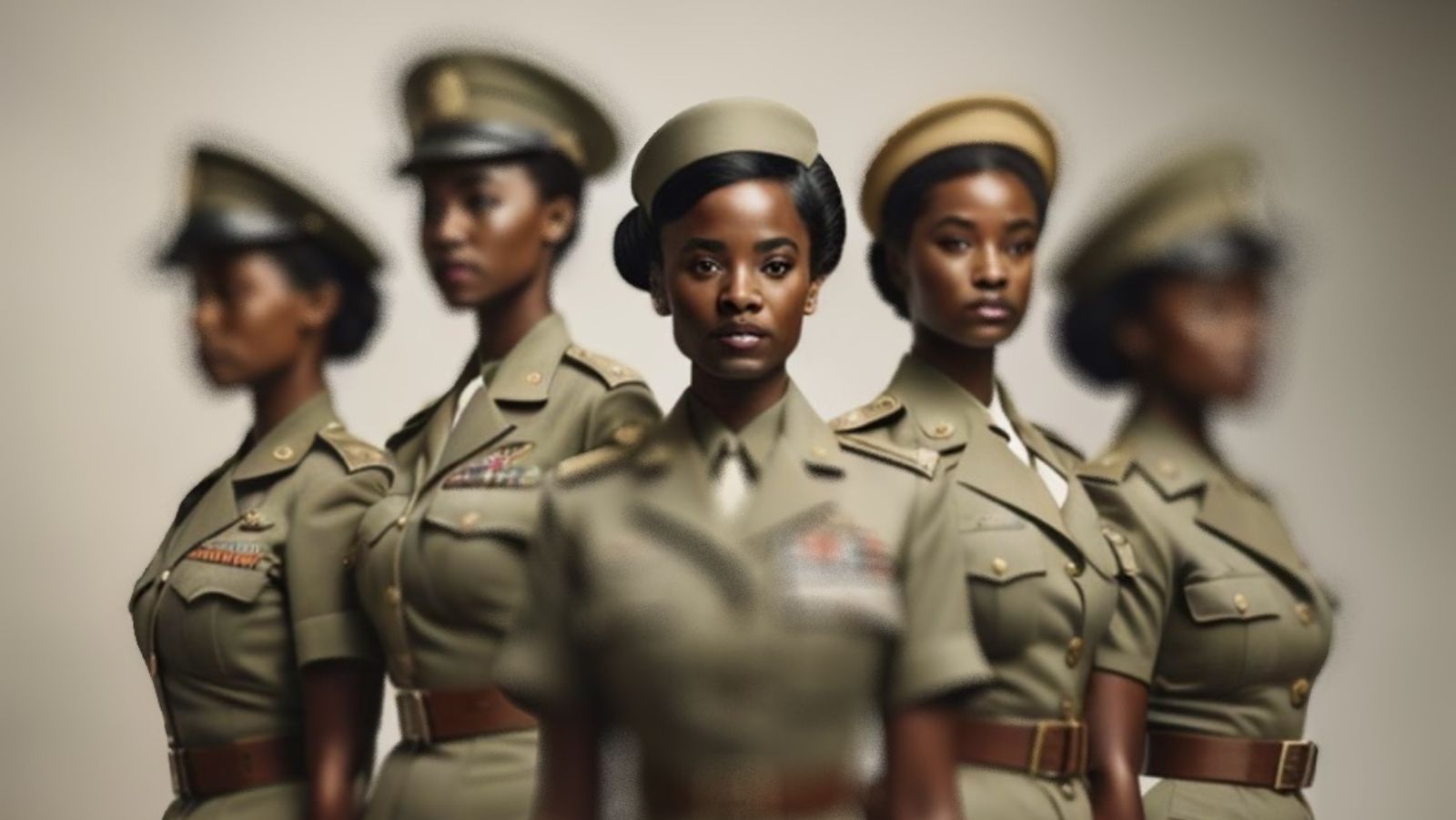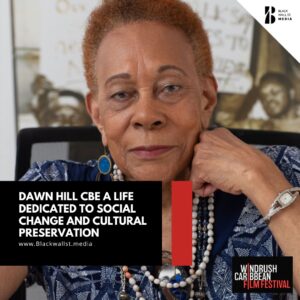HISTORY
The Unsung Heroes: Black Women's Impact During World War II
“Celebrating the Unsung Heroes of WWII: Black Women! From breaking down barriers to boosting troop morale, their legacy is an inspiring testament to strength and resilience.”
Black Wall St. MediaContributor

It is crucial to shine a spotlight on the often-overlooked narratives of the incredible contributions made by black women during World War II.
These unsung heroes played a pivotal role in shaping history, defying societal norms, and breaking down racial and gender barriers, leaving an indelible mark on the path toward equality.
The story begins with America’s entry into World War II after the fateful attack on Pearl Harbor in December 1941.
The nation, enveloped in a wave of patriotism, witnessed citizens from diverse backgrounds enlisting in various branches of the U.S. Military.
For women, especially black women, the journey to serve their country was fraught with challenges. In 1941, Dovey Johnson Roundtree, a trailblazer in her own right, collaborated with influential figures like Eleanor Roosevelt, Congresswoman Edith Nourse Rogers, and Mary McLeod Bethune to draft the Women’s Army Auxiliary Corps (WAAC) resolution.
This resolution, presented to Congress, laid the foundation for the inclusion of black women in the military.
The WAAC bill, with the backing of General of the Army George Marshall, passed both the House of Representatives and the Senate in May 1942. Despite this significant milestone, African American women faced discrimination from the outset.
Applications for officer candidates were met with racial bias at the United States Post Office, where many were turned away solely because of their race.
Challenges persisted within the military, as black women in the WAAC encountered segregation in lodging, dining, and recreation areas. Despite these obstacles, these resilient women pressed on.
In July 1943, the WAAC evolved into the Women’s Army Corps (WAC), achieving a momentous victory for women’s equality by being classified under the same ranks as soldiers.
The struggle against discrimination persisted, with many black WACs assigned to less specialized roles compared to their white counterparts.
However, their contributions extended beyond the WAC. Approximately 500 black nurses served in the Army Nurse Corps, almost 100 black women joined the WAVES, and the Coast Guard’s SPAR had five black women in its ranks.
A standout unit among black WACs was the 6888th Central Postal Directory Battalion, comprising over 800 women, which emerged as the only black WAC unit to serve overseas.
Arriving in England in February 1945, their mission was to clear a substantial backlog of mail intended for the troops.
Under the leadership of Major Charity Adams, one of only two black WACs promoted to the rank of major during WWII, the unit achieved this monumental task in record time, significantly boosting troop morale.
Despite their vital role in the war effort, the contributions of black women remain largely absent from war production materials.
The scarcity of representation in recruitment films reflects the racial biases prevalent during that time. Nevertheless, these women were trailblazers, opening doors for women of color in a domain historically dominated by white men.
As we reflect on their challenging and often thankless journey, let us honor and celebrate these remarkable women who defied societal norms, broke down barriers, and paved the way for future generations of women in the military.
”Their legacy is an enduring testament to the strength, resilience, and determination of black women during World War II
Black Wall St. MediaContributor










